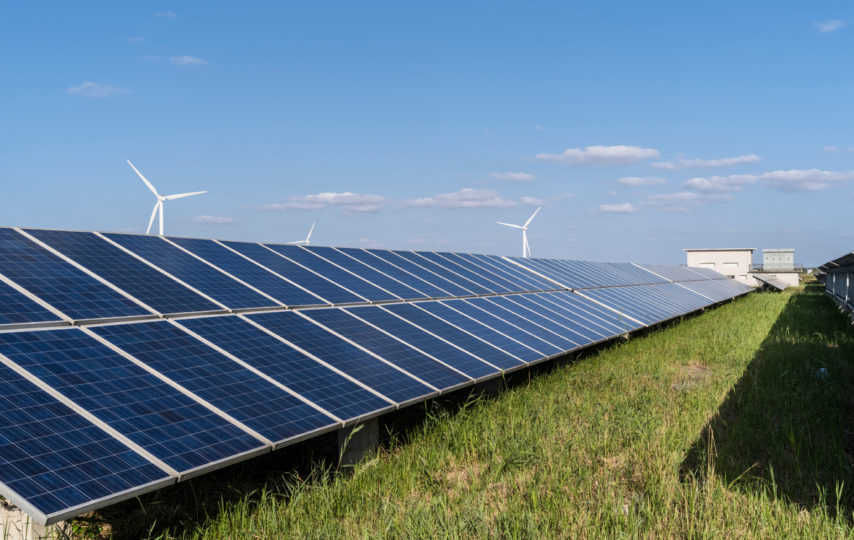In every industry there are certain risks to consider, and the energy sector is no exception. Typical dangers found at power plants include the risk of electrocution, falls, exposure to noxious fumes and flammable gases, among many others. In addition, working with heavy machinery, electrical currents, and tall equipment, often in confined spaces, are a few more reasons why workplace safety is a continuous challenge for the energy sector. If safety measures are not set up, followed, and emphasized, preventable accidents can occur. Therefore, to further worker safety in the industry, companies must assess potential risks and introduce a culture of safety.
Expensive problem for companies
Health and safety issues are not only dangerous for workers, but also expensive for companies. Falls in productivity due to repairs or downtime, rising insurance premiums, and lawsuits are just a few of the costs that could be incurred if there is a malfunction. Accidents and health and safety violations can also have an influence on more than a company’s bottom line. An organization’s hard-earned reputation could be put at risk if negative press coverage occurs as the result of an accident caused by mismanagement. However, there is a way to combat this risk using inspection software.
How to prevent safety risks?
Of course, one of the best ways to minimize risks is to identify and become more aware of them. One way to do this is through energy inspections. Using inspection software, the guesswork gets taken out, so companies can be sure that their equipment and machines are being correctly maintained and used. With this kind of software, questionnaires and forms can be adapted to specific use cases, making them suitable for any company. Ultimately enhancing even processes supporting safety audits and inspections, mitigating the risk of non-compliance while saving time and money.
An example of this is a flexible inspection forms designer. Although the company has many templates to choose from, company-specific requirements can be added with ease. As these forms are mobile, policies and instructions can be easily updated and made immediately available to those performing the checks or maintenance.
A great illustration is Resco’s Wind Turbine Safety checklist for the prevention of accidents and damage to health in the energy sector. It covers various areas including site management, manufacturing, transportation, and operation management. It considers the activities and specific hazards that workers might face over the entire life cycle of wind turbines, starting with manufacturing, through their transport, installation, operation, and management, all the way to waste treatment.
Energy sector digitalization
One exciting trend in the energy industry is digitalization, which is increasing at a considerable pace. In recent years, investment by energy companies in digital technologies has risen significantly. Computing power is ever-strengthening, allowing for more data available to be analyzed. The result of this is better, more informed decisions being made.
This digitalization can lead to improved fault prediction, dynamic maintenance, and improved work efficiency, all of which play a role in making the lives of workers safer and companies more competitive.
By setting up the proper safety and maintenance protocols now, companies in the energy industry can expect a bright future while providing safe environments to work in.







